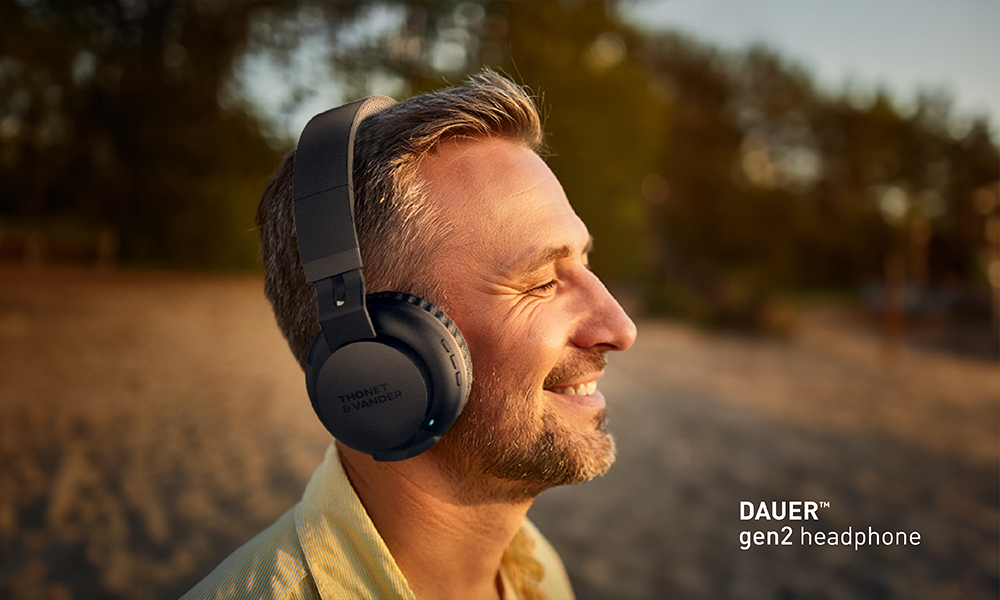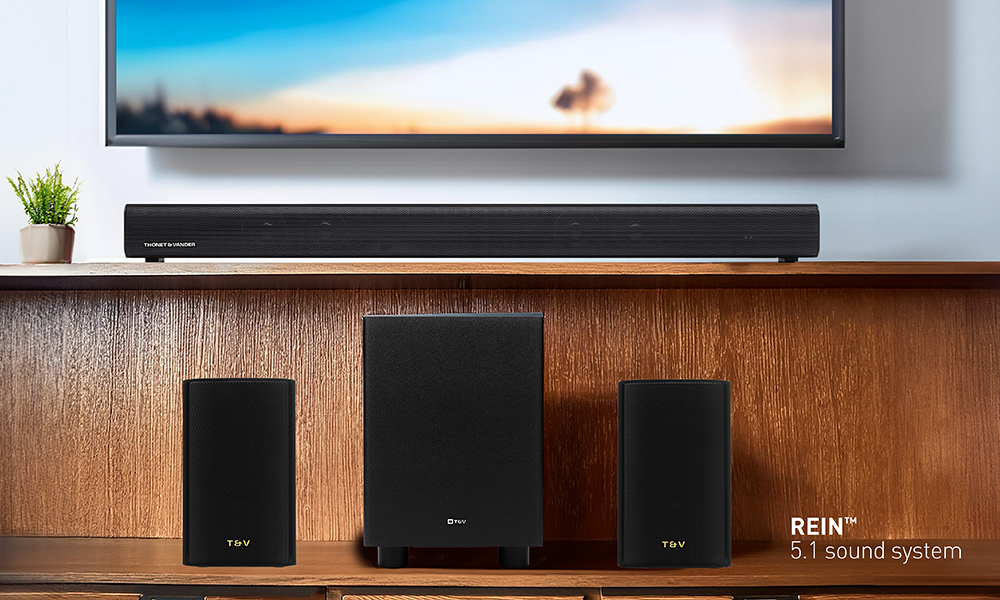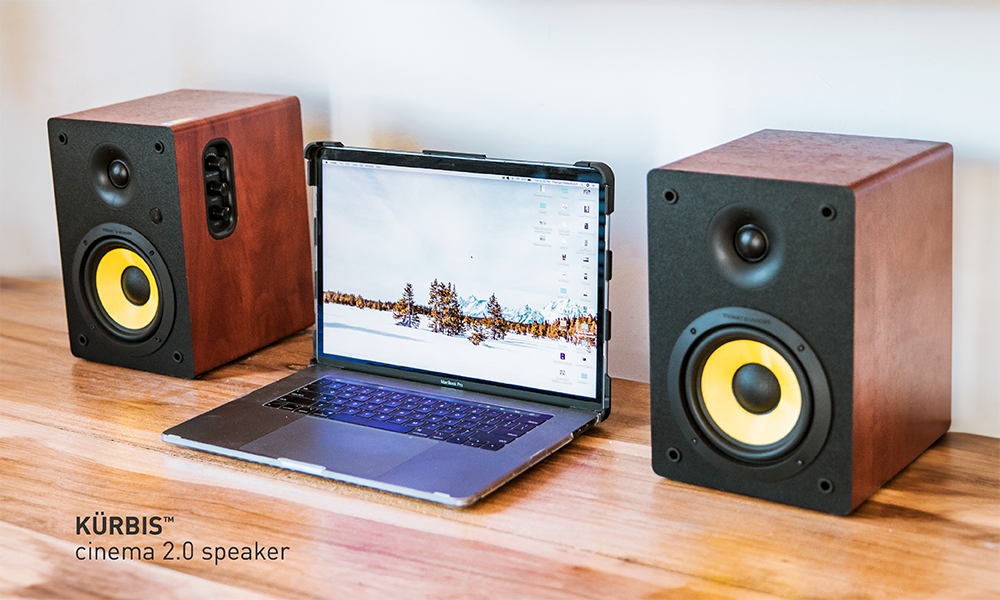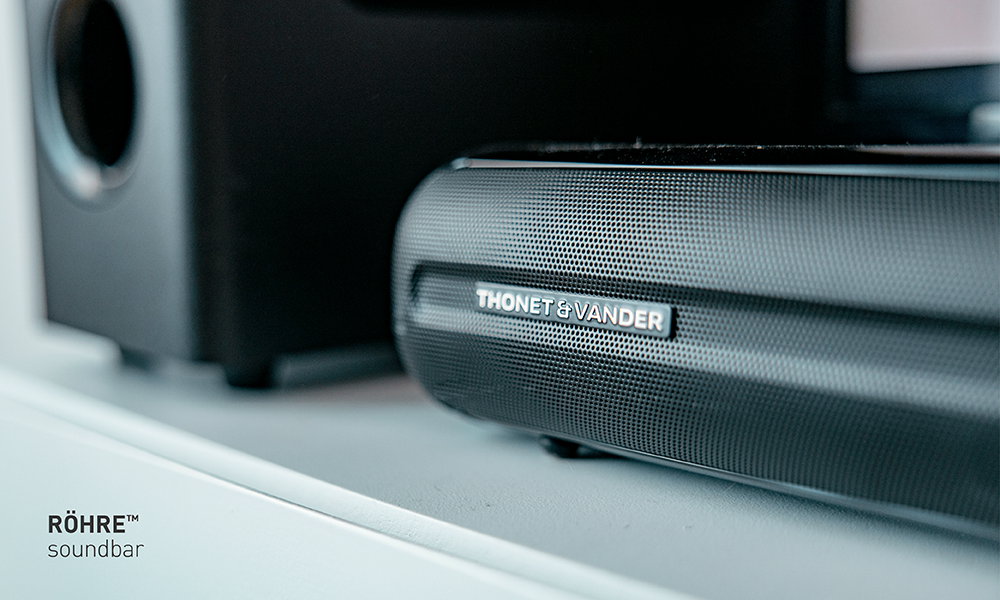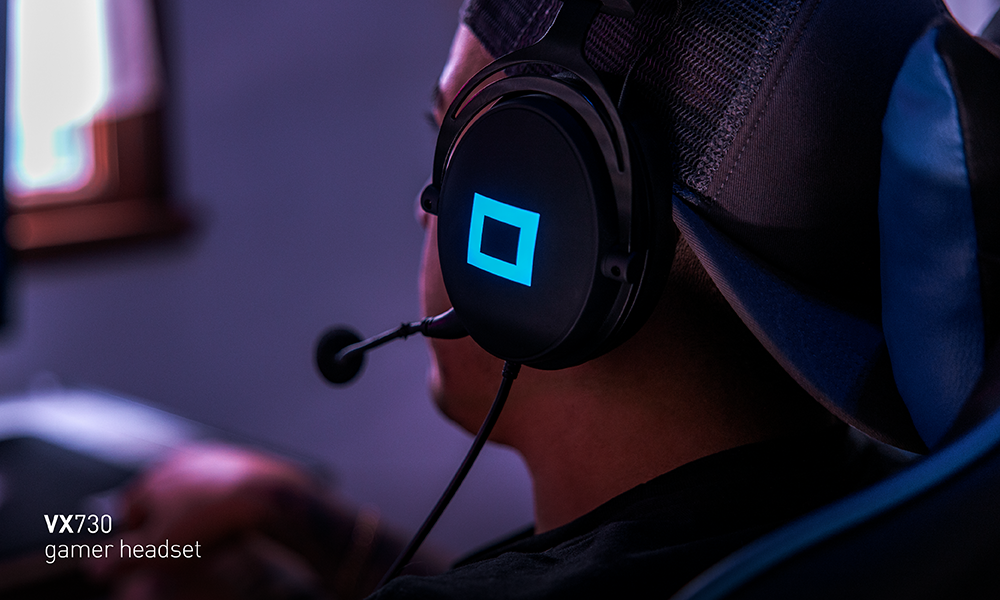Before applications like iTunes or Spotify existed, how did we listen to music? There was a time when we had to leave the house to buy music. Sometimes we would even queue outside the record store to make sure we were going to get a copy. It was a time when music albums were out of stock and there was no way to get them; that time when music was not a downloadable product.
We can remember the days before CDs became a commodity, before we even bought cassettes, when the walls of our homes were lined with shelves packed with vinyl records. Who would have thought that years later we could have the latest music without leaving the house or turning on the television?
Music consumption has a much longer history than that of classic record stores. It has prehistoric roots that somehow led us to an era in which we enjoy multiple online and mobile options to listen to whatever we want. The story of how we got here is fascinating.
Eventually, there was a desire to consume music outside of a venue and be able to listen to it without someone else performing it in front of an audience.
That's where inventor Thomas Edison comes in with the development of the phonograph. In a short time, pre-recorded cylinders (what we know as records) became more popular and their manufacturing improved, until they were finally made on vinyl, a format that became available after World War II.
Around the 1890s, phonograph parlors were established where customers could pay a penny to hear a recording.
Over time, the recording and broadcast industry found a way to work together; Otherwise, we would not be able to listen to music on the radio today.
In the 1960s, the listening medium continued to evolve and more options were offered, such as the compact cassette. It was one of the first portable music listening formats. Soon tapes could be played in cars and in 1979 the first portable cassette player was introduced: the Walkman.
After between 20 and 30 years of development, cassettes were no longer the dominant music consumption format, due to the introduction of the compact disc, the CD. A major turning point came in 1981, when ABBA's The Visitors was the first pop album recorded on CD. In the following decade, CDs were the primary format for music consumption.
At the same time, vinyl never went extinct and continues to be a prized possession for many collectors.
We may find it difficult to remember a world without the option to obtain music digitally. However, there are people who are still looking for a way to download their own songs to always have them available on their phone, without having to depend on subscriptions to apps like Spotify, Deezer or iTunes and thanks to the multitude of applications that exist to download free music. .
This mind-blowing advancement of digital music may seem terrifying; However, it brings us much closer to something that we are all influenced by: music. And with an increasing number of ways to experience audio in our lives, there will be more memories possible, thanks to a particularly good song, old or new.
In any case, we continue listening to music.
